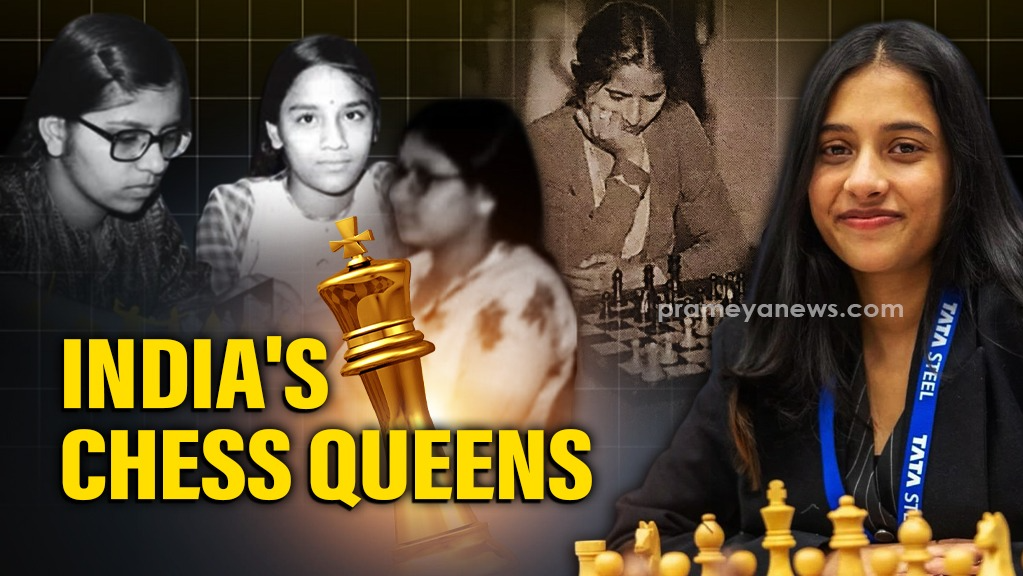

A Queen's Gambit, Centuries in the Making
When 18-year-old Divya Deshmukh was crowned the FIDE Women’s World Cup champion in July, her victory was celebrated as a monumental achievement for Indian sport. In a nation that reveres its chess grandmasters, her triumph was not just a singular moment of brilliance; it is the latest chapter in a long and often overlooked history of Indian women in the game. From ancient strategy games played in rice fields to forgotten champions of the British era, the journey has been one of quiet resilience. Deshmukh’s win casts a welcome, powerful spotlight on this legacy, while also illuminating the significant systemic barriers that still challenge the next generation of female players.
Echoes from a Forgotten Past
The story of Indian women in chess has roots that are centuries deep. Early historical accounts describe a game called Thaayam, played by women in the rice fields of South India on hand-drawn boards, which some historians believe to be an ancestor of the ancient Indian game of Chaturanga, the precursor to modern chess. This tradition of strategic thinking found a remarkable, if fleeting, moment on the world stage in 1933.
In a story largely lost to history, a young woman known only as Miss Fatima, a servant in the household of a wealthy patron, traveled to England and won the British Ladies Championship. Her victory was dominant—she was undefeated, scoring 10 wins and one draw. Despite this spectacular achievement, she returned to India shortly after and faded from the annals of chess history, a poignant example of how women's contributions have often been sidelined. It would be several decades before Indian women re-emerged in the chess consciousness, with the rise of the talented Khadilkar sisters in the 1970s and 1980s, who truly paved the way for the modern era.
The Modern Powerhouses and Their Unseen Opponents
Today, India boasts a formidable lineup of female chess talent, with Chennai having emerged as the nation's unofficial "chess capital," producing a conveyor belt of top-tier players thanks to its active chess association and abundance of tournaments. The current generation, featuring grandmasters like Koneru Humpy, Harika Dronavalli, Vaishali Rameshbabu, and now Divya Deshmukh, has proven that Indian women can compete with and beat the best in the world.
However, this success exists in stark contrast to the realities on the ground. The most significant hurdle is a staggering participation gap; as one grandmaster noted, in a sample size of 100 players, 90 are likely to be men. This disparity is fueled by a combination of societal views that have historically held women back and a lack of visible role models to inspire young girls.
For those who do pursue the game professionally, the financial burden can be crushing. The cost of top-level coaching and the necessity of traveling to Europe for high-stakes tournaments can run into lakhs of rupees every month, a sum that is out of reach for many families. This financial pressure creates a difficult choice for female players: compete in the more lucrative women-only tournaments, which often feature weaker competition, or brave the tougher, less financially rewarding open categories. Experts argue that since chess has no physical component, the only thing that impacts the equal playing field is access. The lack of high-level international tournaments within India exacerbates this problem, forcing aspiring players to look abroad to hone their skills against stronger opponents.
While the challenges are significant, the tide is slowly turning. The success of players like Divya Deshmukh is creating the very inspiration that was once missing. Her victory is a powerful statement, but it is also a call to action to build a more supportive and accessible ecosystem, ensuring that the next generation of Indian queens has a clearer path to the top.
Endgame Analysis